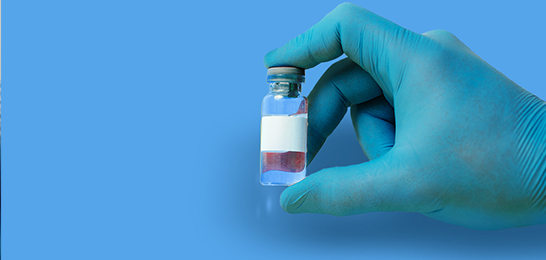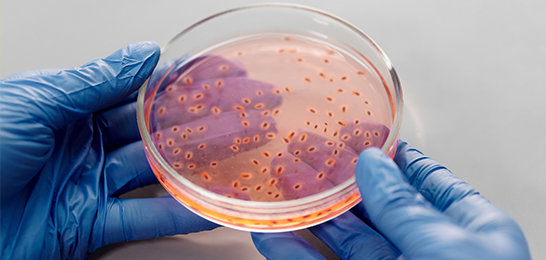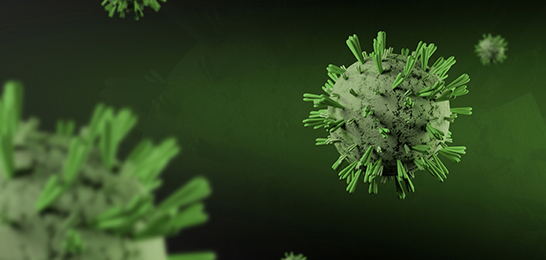Published Date: Feb 15 2024
In recent years, the field of biotechnology has made significant strides in revolutionizing the way we approach healthcare. A breakthrough that has garnered considerable attention is the discovery and utilization of Recombinant Human Basic Fibroblast Growth Factor (rh-bFGF) in therapeutics. This innovative protein holds immense potential in various medical applications, offering hope for patients suffering from a range of conditions. In this blog, we will explore the role of rh-bFGF in therapeutics and its impact on the future of healthcare.
Understanding the Basics of Recombinant Human Basic Fibroblast Growth Factor
Recombinant Human Basic Fibroblast Growth Factor is a type of growth factor protein that plays a crucial role in cell development, proliferation, and tissue repair. It is produced through genetic engineering techniques, where the human gene responsible for producing the protein is inserted into a host organism, such as bacteria or yeast. Once produced, the rh-bFGF can be purified and utilized in a variety of therapeutic applications.
Advancements and Applications in Therapeutics
The unique properties of rh-bFGF have led to its widespread use in various medical fields. One of its primary applications is in wound healing. Studies have shown that rh-bFGF promotes the regeneration of skin cells, accelerates wound closure, and reduces scar formation. This can greatly benefit patients with chronic wounds, burns, or surgical incisions.
In addition to wound healing, rh-bFGF has shown promise in the treatment of cardiovascular diseases. Clinical trials have demonstrated that it can stimulate the growth of new blood vessels, improving blood flow to damaged tissues and reducing the risk of complications in patients with conditions like ischemic heart disease.
Another promising area of research involving rh-bFGF is in the field of tissue engineering and regenerative medicine. Scientists are exploring its potential to facilitate the repair and regeneration of damaged organs, joints, and bones. This could revolutionize the treatment options for patients suffering from conditions like osteoarthritis or bone fractures.
Benefits and Advantages in Comparison to Traditional Therapies
One of the key advantages of using rh-bFGF in therapeutics is its ability to mimic the natural growth factors present in the human body. This reduces the risk of adverse reactions or rejection compared to traditional therapies that rely on foreign substances. Moreover, rh-bFGF can be produced in large quantities through genetic engineering techniques, ensuring a consistent and readily available supply for therapeutic purposes.
Additionally, rh-bFGF has shown remarkable versatility in its applications. Its efficacy in promoting wound healing, tissue repair, and angiogenesis makes it a powerful tool for various medical conditions. Unlike targeted therapies that are specific to certain diseases, rh-bFGF has the potential to benefit a wide range of patients across different therapeutic areas.
The Future of Therapeutics with Recombinant Human Basic Fibroblast Growth Factor
As our understanding of rh-bFGF continues to expand, so does its potential in the field of therapeutics. Ongoing research aims to uncover new applications, optimize the delivery methods, and improve the understanding of its mechanisms of action. With further advancements, rh-bFGF could become a cornerstone in personalized medicine, where treatments are tailored to an individual's specific needs, fostering faster and more effective healing.
In conclusion, Recombinant Human Basic Fibroblast Growth Factor represents a remarkable biotech breakthrough in therapeutics. Its role in promoting wound healing, facilitating tissue repair, and stimulating angiogenesis offers hope for countless patients worldwide. With ongoing research and advancements, rh-bFGF holds the potential to reshape the future of healthcare and revolutionize the way we approach various medical conditions.










